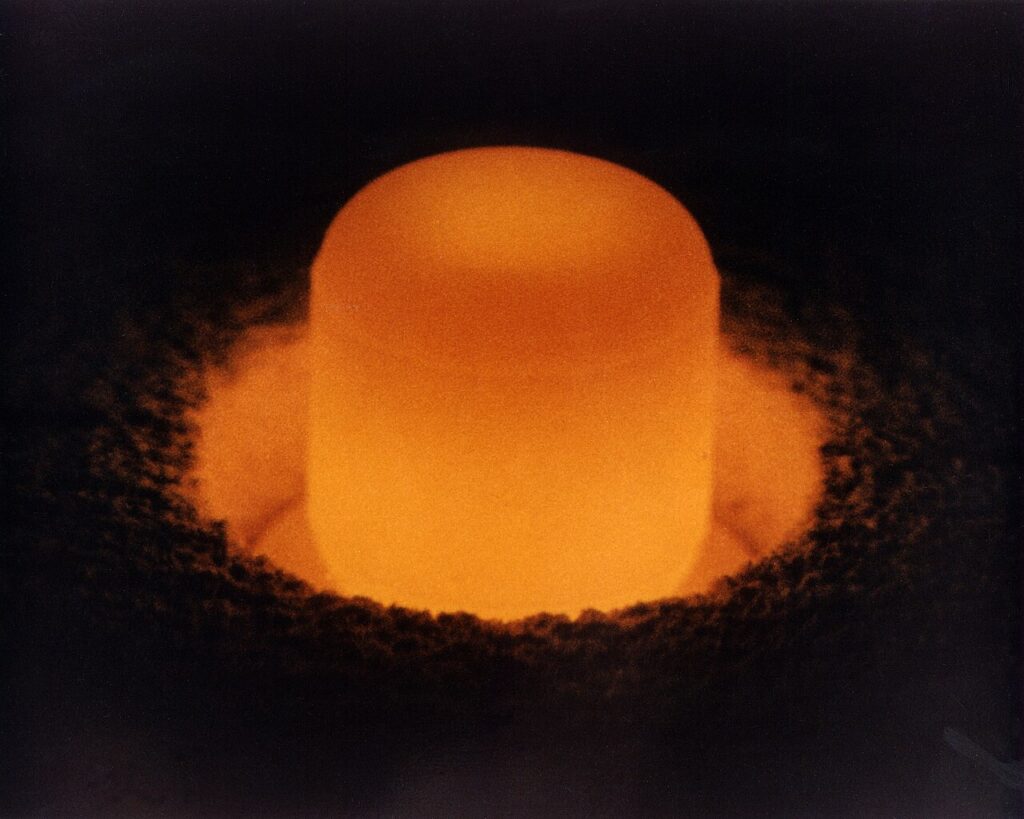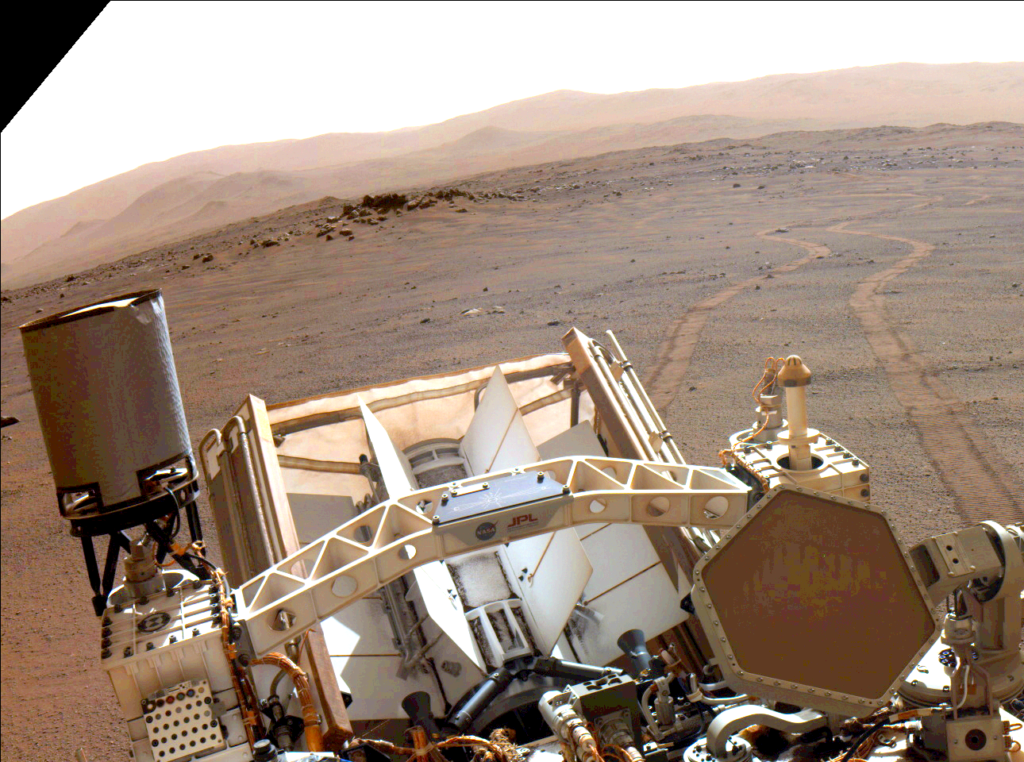The US Department of Energy has transferred a batch of 0.5 kg of newly manufactured plutonium-238 to the Los Alamos National Laboratory. This is an important step towards providing energy for NASA’s deep space missions.

The vast majority of spacecraft use solar panels to generate energy. However, in some cases their use is not possible. For example, if we are talking about probes heading to the outer part of the Solar System. NASA uses radioisotope thermoelectric generators (RTGs) for them. They contain the radioactive isotope plutonium-238. During its decay, heat is released, which is then converted into electricity.
In some cases, radioisotope heaters are also used. As a rule, they are installed on spacecraft exploring the surfaces of other celestial bodies (the Moon or Mars). Such heaters do not allow their electronics to freeze during the overnight stay. They also contain plutonium-238.

The problem is that NASA has very limited reserves of plutonium-238, which is a big problem when planning long-range space missions. The fact is that the United States stopped producing this isotope in 1988. In the period from 1992 to 2009, its purchases were made in Russia, but then they were interrupted. As a result, NASA was left with reserves of plutonium-238, much of which was produced during the Cold War. At the same time, it should be taken into account that due to radioactive decay (the half-life of plutonium-238 is 87 years), their value has significantly decreased. As of the end of the last decade, NASA had only 21 kg of plutonium left. At the same time, only 17 kg met all the criteria.
In this situation, it was decided to resume the production of the isotope. The first trial batch of 50 grams was received back in 2015. However, for many years, the pace of increasing production left much to be desired. That is why the new batch is an important step towards achieving the goal of producing at least 1.5 kg of plutonium-238 per year. It is planned to achieve it by 2026.
At the same time, it is worth noting that even reaching this level still won’t solve all the problems. For example, the legendary Cassini mission used three RTGs containing 24 kg of plutonium-238. It is not difficult to calculate that the production of such an amount of isotope would take 16 years. And this is just for one mission. The solution to the problem is to create new designs of RTGs that convert heat into energy more efficiently, which will reduce the amount of plutonium-238 used in them. An alternative option is to switch to other isotopes, which are easier and cheaper to produce.
Follow us on Twitter to get the most interesting space news in time
https://twitter.com/ust_magazine


